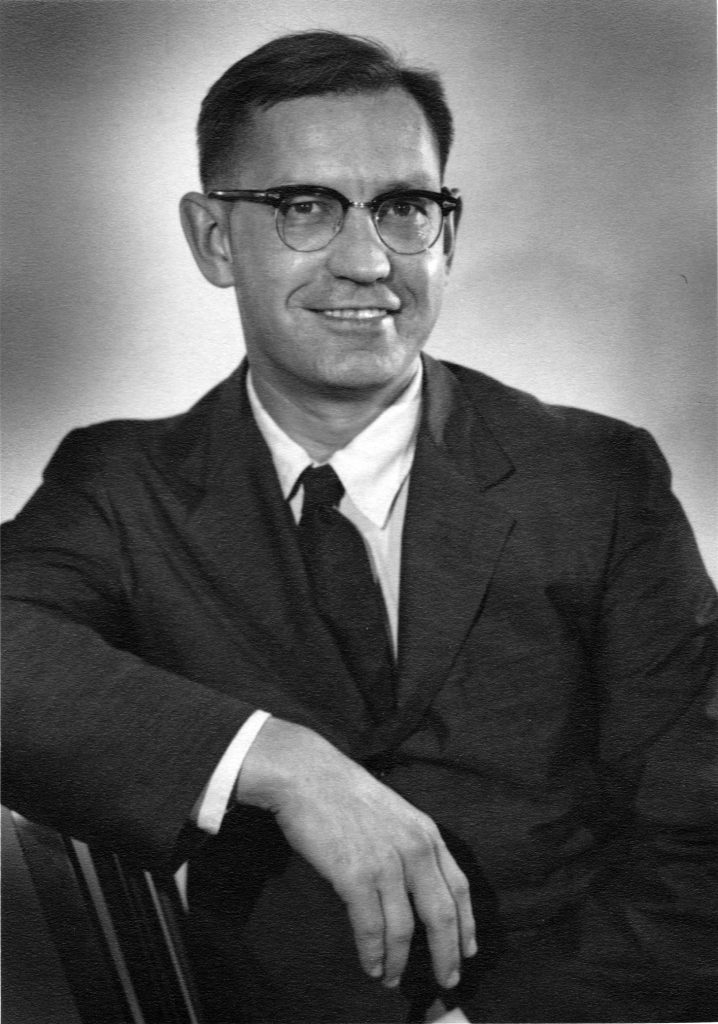Dr. William F. Neuman worked as a biochemist for the Manhattan Project at the University of Rochester.
He was born in Michigan and received his BS from Michigan State University in 1940. Alongside his wife, Dr. Margaret Neuman, he was hired by the University of Rochester’s Atomic Energy Project in 1943 after having recently completed his Ph.D. at the university. Neuman was chief of the biochemistry section and spearheaded the research into the toxicity of uranium and its impact on human health. At the time, very little information was known of the hazards or toxicology of working with these elements. It was critical that the scientists working at laboratories around the nation to separate uranium and plutonium were aware of the risks and boundaries of those materials. His research during the war helped establish the field of health physics, seeking to better understand how to protect from radiation exposure.
After the war, Neuman and his wife continued their research in biochemistry, focusing on the chemistry of the bone. They made significant contributions to the identification of bone-seeking isotopes, the function of osteoclasts and blasts, and hormonal alteration of the bone. Dr. Neuman was the author and co-author of more than two-hundred scholarly publications including the principle book in the field, published in 1958 and co-authored with his wife Dr. Margaret Neuman entitled The Chemical Dynamics of Bone Mineral. He also studied the effects of spaceflight on astronauts returning from a fourteen day flight on Gemini 7.
In addition to his career in academia, Neuman continued to have a significant role in the Atomic Energy Project. He served as a delegate to the 1955 United Nations Peacetime Use of Atomic Energy Conference. In 1957, Neuman testified in Washington before the Joint Congressional Subcommittee on the Atomic Energy, speaking about the hazards of radiation. In 1965, he became the University of Rochester’s Director of the Atomic Energy Project and the Chairman of the Department of Radiation BIology and Biophysics. During his tenure, he established the first Ph.D. program in Toxicology in the country.
He died on January 4, 1981 in Rochester, NY.





